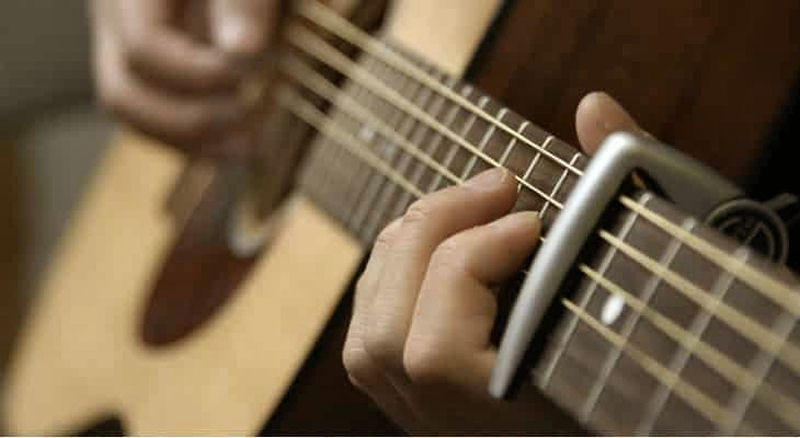The eternal mystery for many guitarists is the use of the "CAGED" system on the guitar. Those five letters (CAGED) represent the common open-string chord shapes you already know, that you can use anywhere on the fretboard. If you understand and can play "Barre" chords, you probably already have a pretty good idea on how these shapes appear in Barre chor…
Keep reading with a 7-day free trial
Subscribe to SoundHole Guitar Lessons to keep reading this post and get 7 days of free access to the full post archives.



